- Featured-Product
Mouse Model for Skin Photoaging (SP)
- Product No.DSI672Mu01
- Organism SpeciesMus musculus (Mouse) Same name, Different species.
- Prototype SpeciesHuman
- SourceInduced by ultraviolet ray(UVA+UVB)
- Model Animal StrainsICR Mice(SPF), healthy, male, age: 6~8weeks.
- Modeling GroupingRandomly divided into six group: Control group, Model group, Positive drug group and Test drug group.
- Modeling Period4-6 weeks
- Modeling MethodMale ICR mice, aged about 6 weeks. Mice were fed at normal temperature (23±2℃) humidity (55%±10%) and light (12 hours of light / 12 hours of darkness, no ULTRAVIOLET radiation). After feeding for one week, when the mice were acclimated to the environment, a depilation area of more than 2 cm x3 cm was shaved on the back of the mice with 8% sodium sulfide.
Ultraviolet irradiation method: 2 UVB tubes and 4 UVA tubes (40W, Beijing Institute of Electric Light Source) are placed in a self-made uv lighting box as uv lighting source. The radiation intensity of UVA and UVB was measured by uV-B ultraviolet irradiometer and UV-A ultraviolet irradiometer. Before building, UV lamp preheating 10 min, after waiting for light source stability put rats in homemade rat cage (make no climbing, standing) between mice, and into the box as in cage and UV lamp are 30 cm apart, according to the forecast of the minimal erythema dose (MED) and light intensity adjustment according to time, using exhaust fan to reduce body temperature during irradiation. In the first week, the dose of one MED was irradiated 3 times per week. In the following week, the dose increased by 1 MED per week compared with the previous week until 4 MED in the fourth week, and then 4 MED was maintained until the end of the experiment in the eighth week. In the model group, the skin on the back of mice showed obvious signs of photoaging, such as thickening, deep wrinkles and relaxation, indicating that the modeling of mouse skin photoaging was successful.
MED determination method: The back skin of pre-experimental mice was irradiated with uv radiation doses of 30mJ/cm2, 60mJ/cm2, 90mJ/cm2, 120mJ/cm2, 150mJ/cm2 and 180mJ/cm2, respectively. The minimum erythema dose (MED) was required to observe the visible erythema on the back skin of mice 24h after irradiation. - Applicationsn/a
- Downloadn/a
- UOM Each case
- FOB
US$ 250
For more details, please contact local distributors!
Model Evaluation
1. Determination of minimum Erythema dose (MED) :
Choose 2 UVB tubes and 4 UVA tubes, before modeling, UV tube preheating 10 min, mouse cage and UV tube 30 cm apart (at this time the total irradiation of UVA measured by the irradiator is about 3.25 uW/cm2; The total irradiation amount of UVB is about 0.134 uW/cm2. This value fluctuates slightly).
Eight ICR mice were selected, the hair on the back of the mice was shaved with a hair shaver, and the remaining hair was removed with 8% sodium sulfide. Then four irradiation time points were set: The mice were irradiated for 10, 15, 20 and 30 min, with 2 mice at each time point. The mice were taken out at the irradiation time point and fed normally. The erythema on the back of the mice were observed on the second day. Mice irradiated for 10 and 15 minutes had no obvious erythema. Mice irradiated for 20 minutes showed mild erythema, while mice irradiated for 30 minutes showed obvious erythema. Irradiation for 20 minutes was selected as the minimum erythema dose (MED) obtained in the pre-test.
1 MED= (3.25uw /cm2+ 0.134uw /cm2) *20 min *60=4 mJ/cm2
2. The whole rat's back was photographed
Before sampling at week 4 and 8, photographs of the whole rat's back were taken to determine whether there were photoaging characteristics (deep wrinkles, relaxation, etc.).
3. Immune indexes: spleen and thymus indexes were determined
The mice were weighed and performed cervical dislocation, and the spleen and thymus were immediately removed from the mice and weighed immediately. Thymus and spleen indices are based on the following equation
Calculation: Thymus or spleen index (mg/g) = thymus or spleen weight/body weight.
TI and SI can be used as immune indexes.
Pathological Results
Histological analysis
Skin samples were taken for histochemical study within 24h after final uv irradiation. Mouse skin samples were fixed in 4% buffered neutral formalin solution for 24h, embedded in paraffin, and sequentially sectioned.
Cytokines Level
Antioxidant index
1. Skin antioxidant index analysis
Skin tissue from the back of mice (about 2cm × 3cm) was divided into 8 pieces on average. One piece was fixed with formalin for pathological examination. One piece was stored with RNA later at -80 degrees for sequencing; For the remaining 6 pieces, place them in a tube 2 at a time at -80 degrees).
2. Antioxidant activity in serum
At the end of the experiment, the mice fasted for 12 hours but were allowed to enter the water freely. Blood is collected from the eyeball into a centrifugal tube. Serum was obtained from the blood sample after centrifugation (7000 g, 4℃,15 min), then frozen and stored at 20℃ until analysis
Statistical Analysis
SPSS software is used for statistical analysis, measurement data to mean ± standard deviation (x ±s), using t test and single factor analysis of variance for group comparison, P<0.05 indicates there was a significant difference, P<0.01 indicates there are very significant differences.
GIVEAWAYS
INCREMENT SERVICES
-
 Tissue/Sections Customized Service
Tissue/Sections Customized Service
-
 Serums Customized Service
Serums Customized Service
-
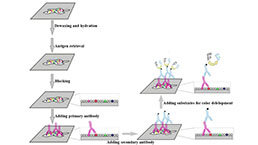 Immunohistochemistry (IHC) Experiment Service
Immunohistochemistry (IHC) Experiment Service
-
 Small Animal In Vivo Imaging Experiment Service
Small Animal In Vivo Imaging Experiment Service
-
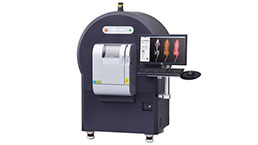 Small Animal Micro CT Imaging Experiment Service
Small Animal Micro CT Imaging Experiment Service
-
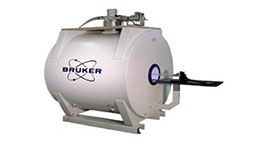 Small Animal MRI Imaging Experiment Service
Small Animal MRI Imaging Experiment Service
-
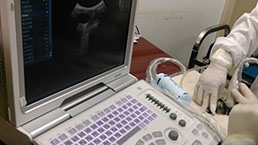 Small Animal Ultrasound Imaging Experiment Service
Small Animal Ultrasound Imaging Experiment Service
-
 Transmission Electron Microscopy (TEM) Experiment Service
Transmission Electron Microscopy (TEM) Experiment Service
-
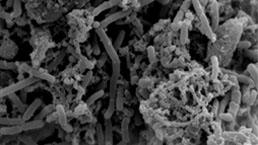 Scanning Electron Microscope (SEM) Experiment Service
Scanning Electron Microscope (SEM) Experiment Service
-
 Learning and Memory Behavioral Experiment Service
Learning and Memory Behavioral Experiment Service
-
 Anxiety and Depression Behavioral Experiment Service
Anxiety and Depression Behavioral Experiment Service
-
 Drug Addiction Behavioral Experiment Service
Drug Addiction Behavioral Experiment Service
-
 Pain Behavioral Experiment Service
Pain Behavioral Experiment Service
-
 Neuropsychiatric Disorder Behavioral Experiment Service
Neuropsychiatric Disorder Behavioral Experiment Service
-
 Fatigue Behavioral Experiment Service
Fatigue Behavioral Experiment Service
-
 Nitric Oxide Assay Kit (A012)
Nitric Oxide Assay Kit (A012)
-
 Nitric Oxide Assay Kit (A013-2)
Nitric Oxide Assay Kit (A013-2)
-
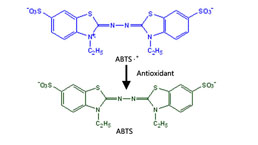 Total Anti-Oxidative Capability Assay Kit(A015-2)
Total Anti-Oxidative Capability Assay Kit(A015-2)
-
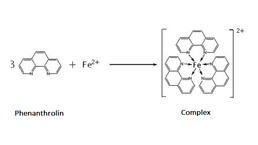 Total Anti-Oxidative Capability Assay Kit (A015-1)
Total Anti-Oxidative Capability Assay Kit (A015-1)
-
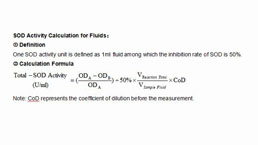 Superoxide Dismutase Assay Kit
Superoxide Dismutase Assay Kit
-
 Fructose Assay Kit (A085)
Fructose Assay Kit (A085)
-
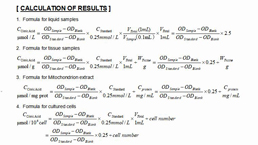 Citric Acid Assay Kit (A128 )
Citric Acid Assay Kit (A128 )
-
 Catalase Assay Kit
Catalase Assay Kit
-
 Malondialdehyde Assay Kit
Malondialdehyde Assay Kit
-
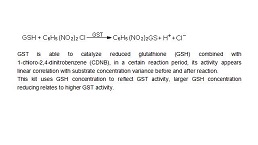 Glutathione S-Transferase Assay Kit
Glutathione S-Transferase Assay Kit
-
 Microscale Reduced Glutathione assay kit
Microscale Reduced Glutathione assay kit
-
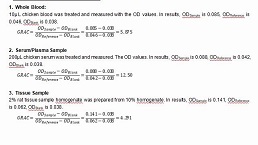 Glutathione Reductase Activity Coefficient Assay Kit
Glutathione Reductase Activity Coefficient Assay Kit
-
 Angiotensin Converting Enzyme Kit
Angiotensin Converting Enzyme Kit
-
 Glutathione Peroxidase (GSH-PX) Assay Kit
Glutathione Peroxidase (GSH-PX) Assay Kit
-
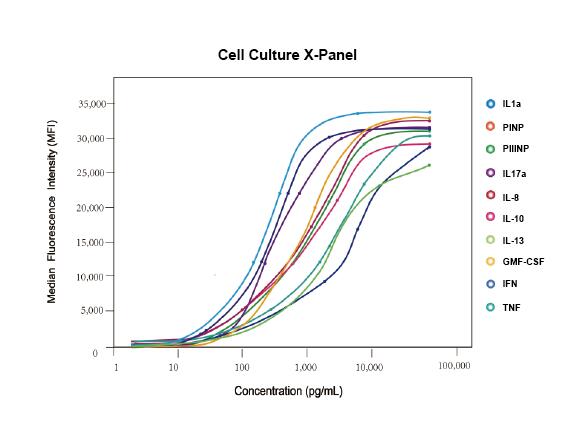 Cloud-Clone Multiplex assay kits
Cloud-Clone Multiplex assay kits
| Catalog No. | Related products for research use of Mus musculus (Mouse) Organism species | Applications (RESEARCH USE ONLY!) |
| DSI672Mu01 | Mouse Model for Skin Photoaging (SP) | n/a |
| TSI672Mu33 | Mouse Skin Tissue of Skin Photoaging (SP) | Paraffin slides for pathologic research: IHC,IF and HE,Masson and other stainings |







